With The Walking Classroom, your students will hear a collection of curricular content, so it is helpful to have a way for them to log what they’ve listened to and what they’ve learned. Using some type of learning log is a beneficial practice, both organizationally and educationally. Such tools provide students (and teachers and parents too!) with a handy visual summary of students’ learning journeys.
Recording the Route
Allowing students to keep track of their own listening is a simple approach implemented by some of our adopters who use a lesson record sheet, like this one created by an adopter. 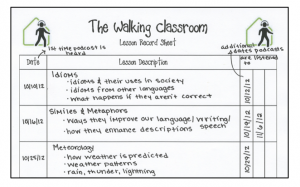 This is especially useful when students have been absent. The lesson descriptions other students share can benefit those who may have missed a walk. They provide a quick overview of the podcast until the students who were absent can listen to it themselves.
This is especially useful when students have been absent. The lesson descriptions other students share can benefit those who may have missed a walk. They provide a quick overview of the podcast until the students who were absent can listen to it themselves.
Charting the Course
Anchor charts are a great way to highlight the important elements of a lesson. Prominently displayed, they help students “anchor” their thinking around a particular concept or topic. Students can refer to the anchor charts to check their memory or validate their thinking. Anchor charts can also support students as they grow in their knowledge. Several adopters incorporate anchor charts to keep a visual log of the main ideas of the podcasts after their students listen.
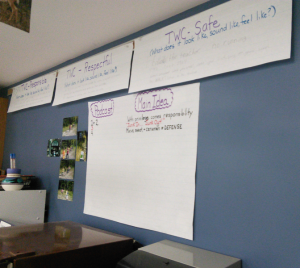 After engaging the students to share in its creation and then keeping it visible, a chart like this keeps current (and past) learning accessible. It can serve as a helpful reminder to your class (and classroom visitors!) of key content covered over time. An added benefit? Anchor charts also assist students in making connections as new learning happens.
After engaging the students to share in its creation and then keeping it visible, a chart like this keeps current (and past) learning accessible. It can serve as a helpful reminder to your class (and classroom visitors!) of key content covered over time. An added benefit? Anchor charts also assist students in making connections as new learning happens.
Depending on where you are using your WalkKits—in a school setting, in an out of school setting, or in home schooling—and the podcasts to which you are listening, the structure and focus of your anchor chart may vary. Best of all, there is no right or wrong way to create your chart. Once you deem it complete, the chart can be displayed on your wall for a unit or for a year! It’s up to you and your students to determine both the design and the duration of its display.
Mapping the Main Message
Sometimes a simple follow-up activity allows students the opportunity for an individual recap. A summary sheet, like the one created by adopter Stephanie Moorman, incorporates multiple modalities. On it, students can note what they’ve learned in both words and pictures. Space is also provided for students to write a brief summary of the podcast.
It might be helpful to have students carefully craft their summary after they’ve completed the rest of the sheet. After all, multiple listens often reveal additional ideas and images to include and allow students to deepen their understanding. The completed summary sheet then serves as a ready reference tool to help students contribute with confidence as they answer questions and share in class discussion.
Similarly, having your students keep a listening journal is another way for them to reflect on podcast content and keep track of their learning. They can record what they have learned from the podcasts in a post-walk jot in their listening journals. By springtime, a flip through the pages will provide the students with a reminder of all the curricular content they’ve covered. Prompts can be in a format of your choice or, as time goes on, can be of their own choosing. Allowing individual choices encourages independent expression and may even provide some interesting ideas for you to use in the future!
Plotting Progress
Finally, to encourage students’ awareness of their progress and to enhance their sense of accomplishment, you may want to allow them to independently monitor their performance on the comprehension quizzes. Using a quiz progress chart encourages student self-monitoring, a useful practice as they continue their educational journey past your classroom.
It incorporates basic graphing skills 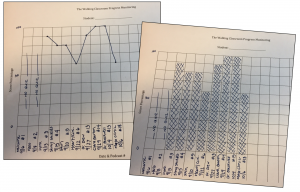 as students plot their points earned (creating a line graph) or fill in the individual column (creating a bar graph) to reflect their scores. This visual record is also an instant display of which content the students have mastered as well as which content they may need to revisit.
as students plot their points earned (creating a line graph) or fill in the individual column (creating a bar graph) to reflect their scores. This visual record is also an instant display of which content the students have mastered as well as which content they may need to revisit.


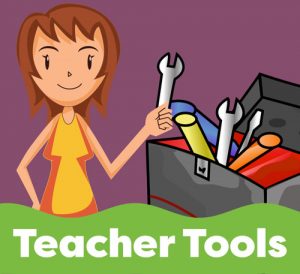
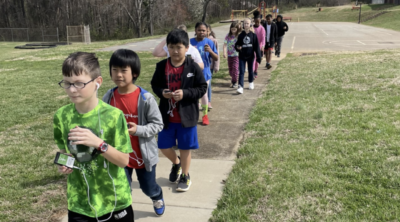
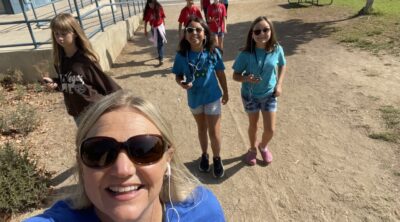
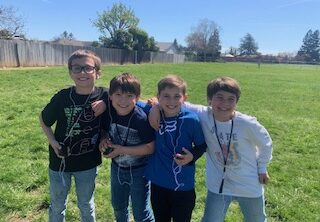
Leave a Reply